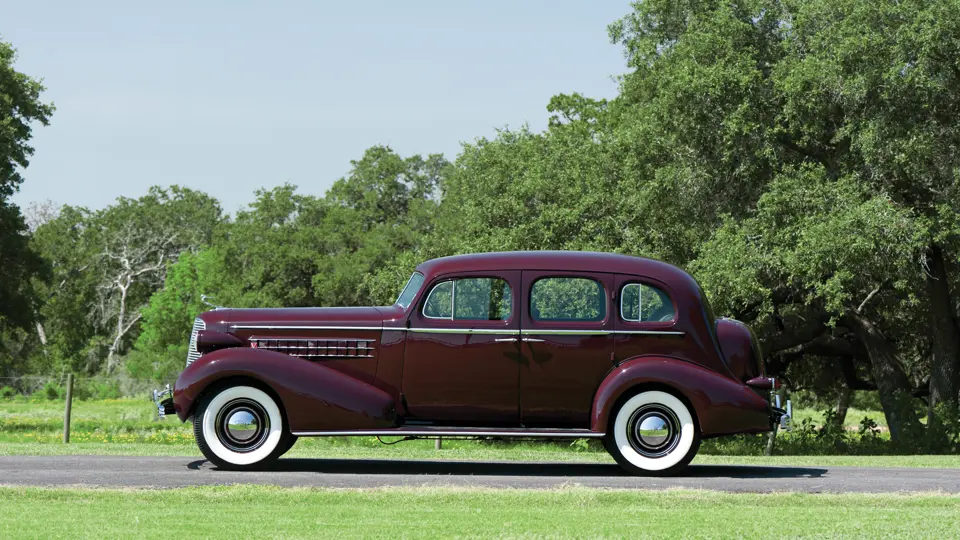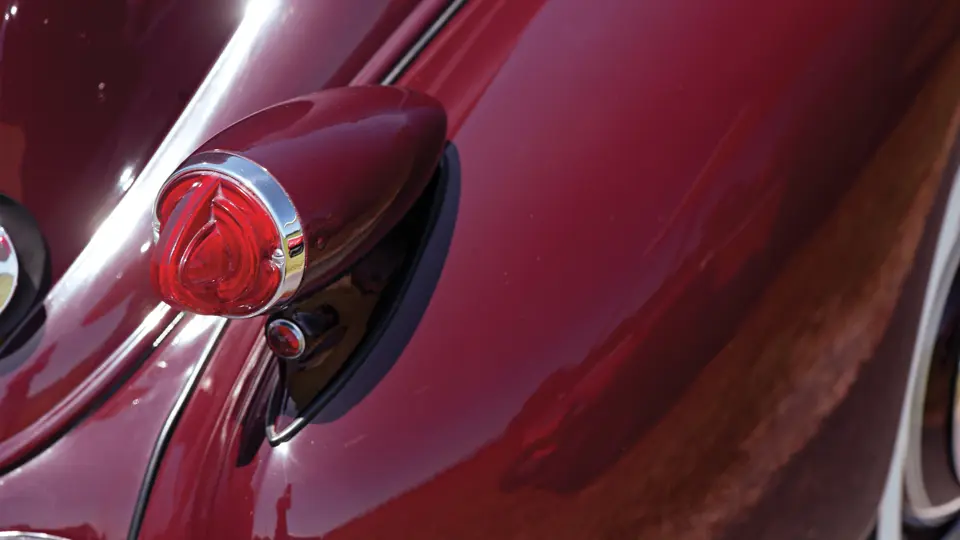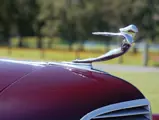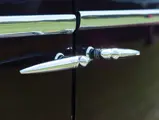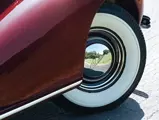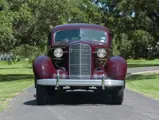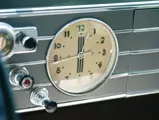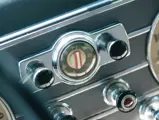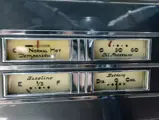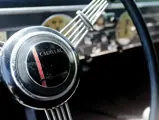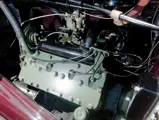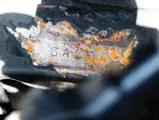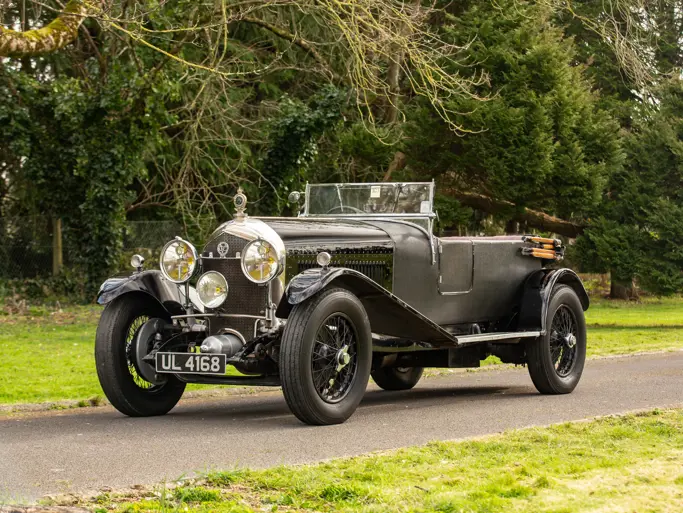135 bhp, 346 cu. in. L-head V-8 engine, three-speed manual transmission, coil-spring independent front suspension, live rear axle with semi-elliptic leaf springs, and four-wheel hydraulic drum brakes. Wheelbase: 131 in.
By the mid-1930s, Cadillac had become the dominant manufacturer when it came to well-priced and stylish cars about town. Their ease of operation and wide network of dealers created a sense of accomplishment and pride that only Cadillac could provoke, and it would eventually even become ensconced in their own marketing.
Cadillac was all new for 1936. The bodies were of a new design, with front-hinged front doors and all-steel “turret tops” on closed models, and the new V-8, which was an L-head like its predecessors, now combined the crankcase and cylinder blocks into a single iron casting. It came in two sizes, with a larger bore of 346 cubic inches for the Series 70 cars.
The touring sedan with an integral luggage compartment had become very popular at General Motors, and Cadillac had them in all series, including the Fleetwood-bodied 70 and 75 series. This car’s five-passenger version was one of just two thousand short-wheelbase Fleetwood cars of all body styles. Although it features an older restoration, it continues to present very well, showing just the slightest aging both inside and out. The brightwork and maroon paint are both in very good condition, and the brown cloth interior is almost completely devoid of flaws. The odometer shows barely 5,000 miles.
With the truly elegant Series 70, Cadillac proved to be one of the most stylish and practical machines of the late 1930s. The model expertly cornered the market of elegant touring sedans, and this example is ready to be enjoyed as was intended.




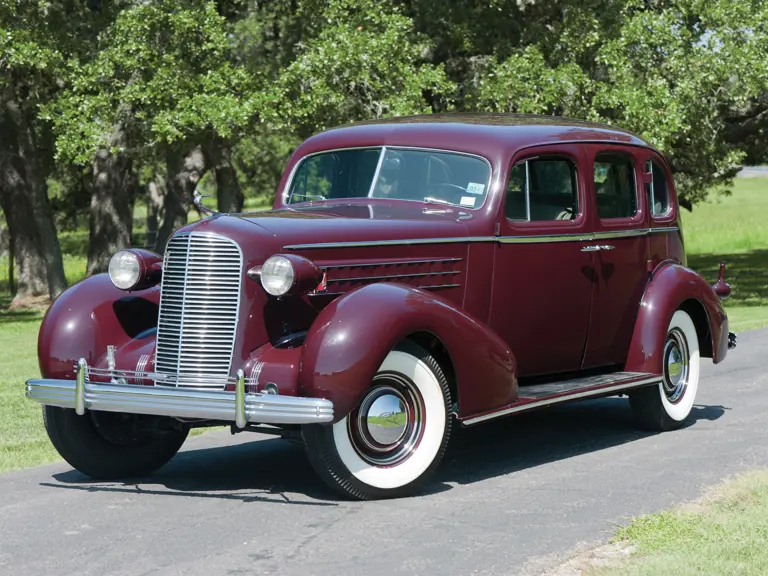
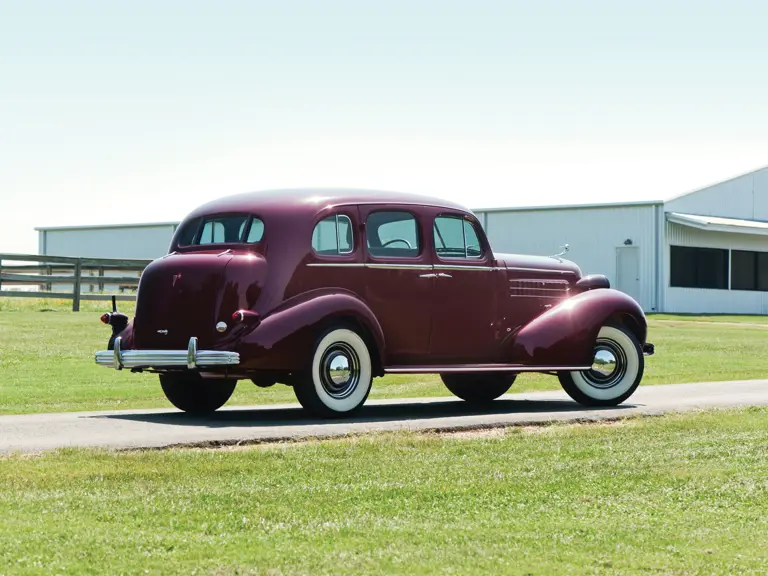
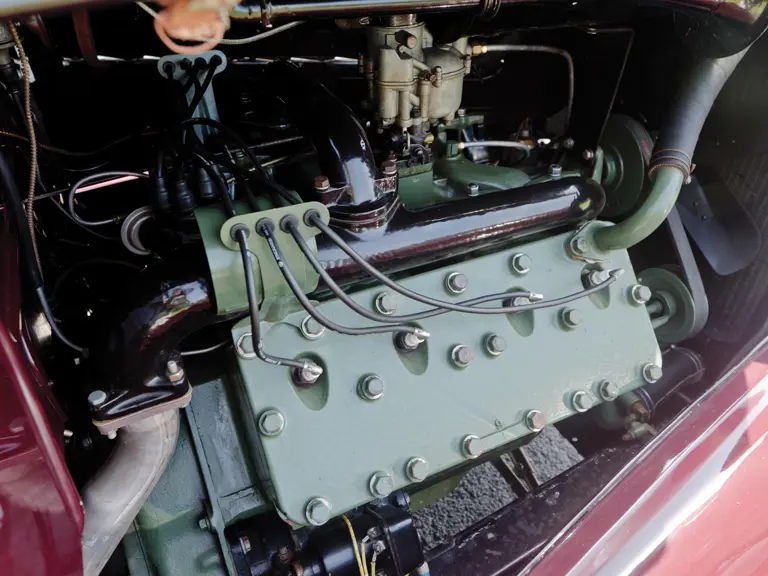
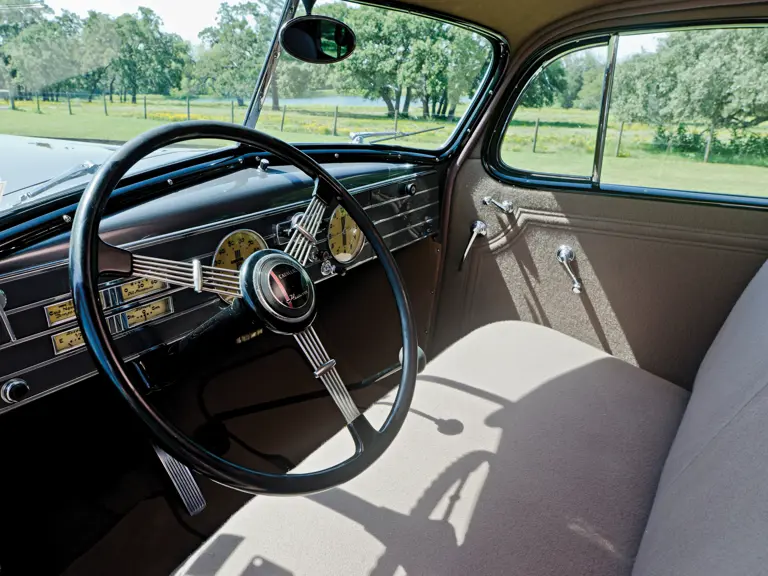
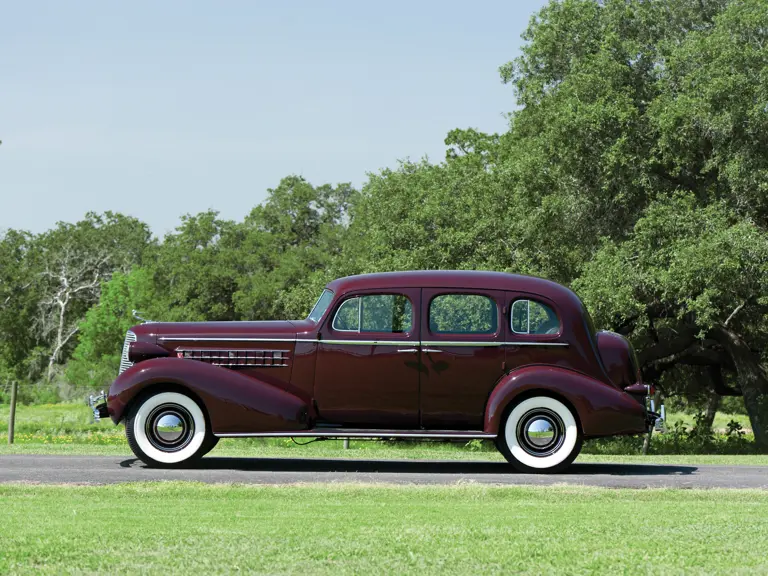
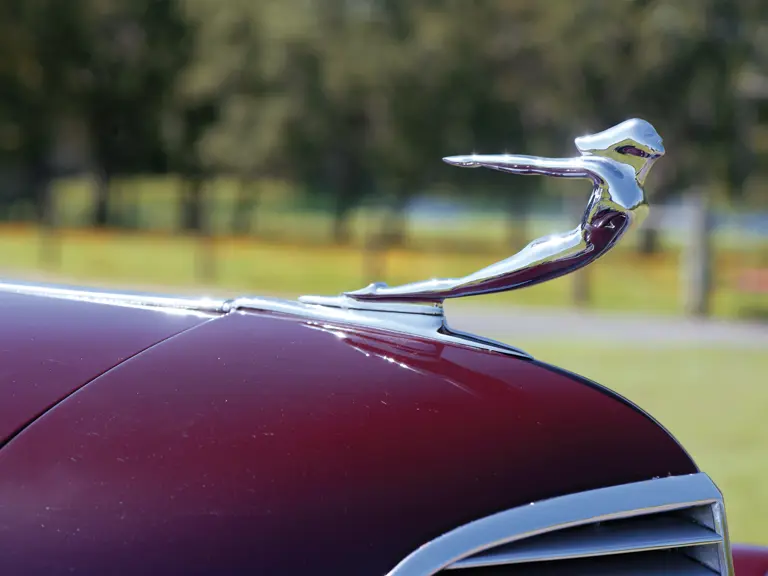


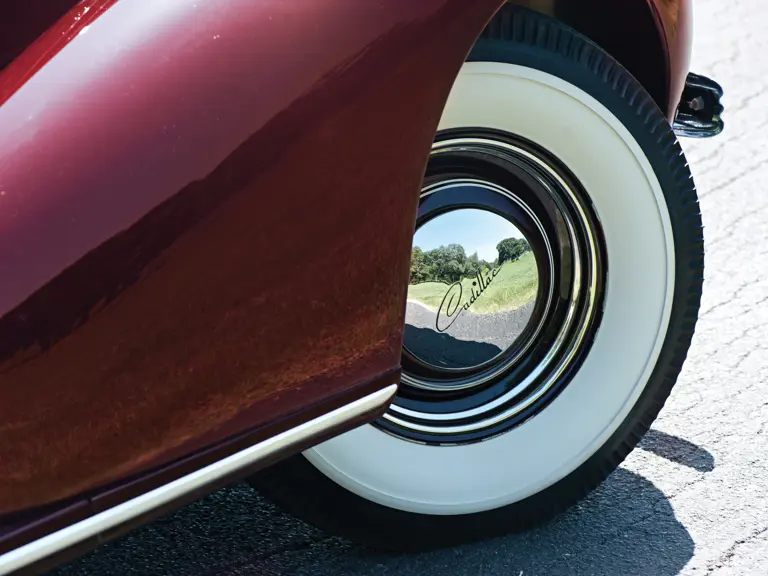
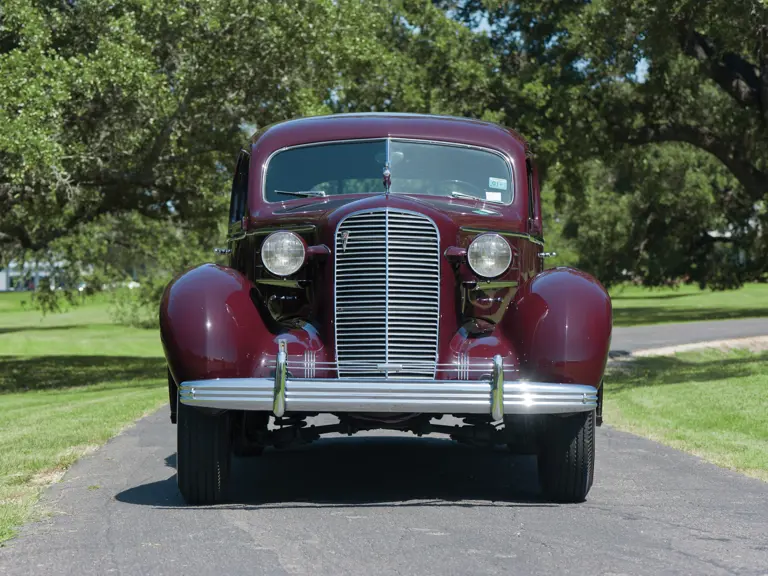
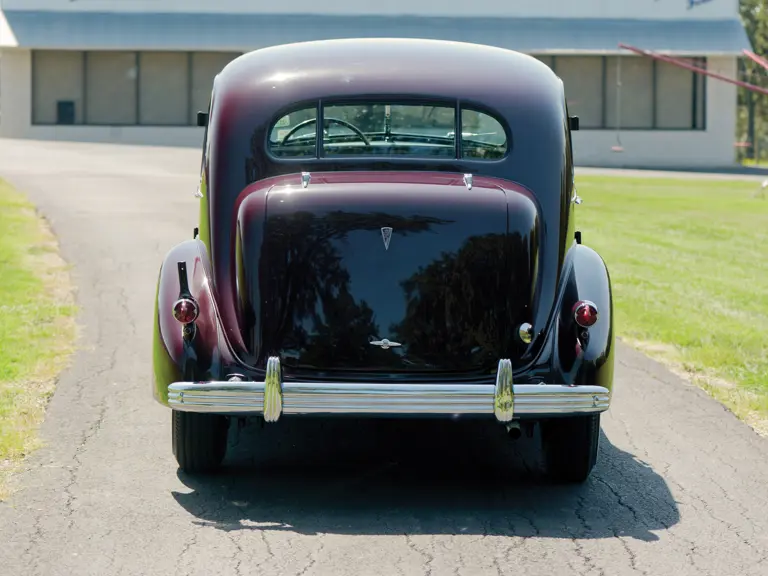

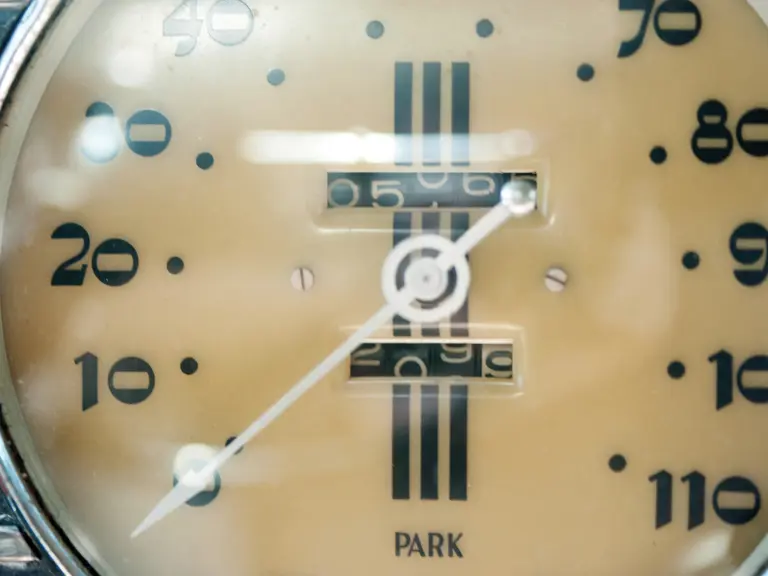
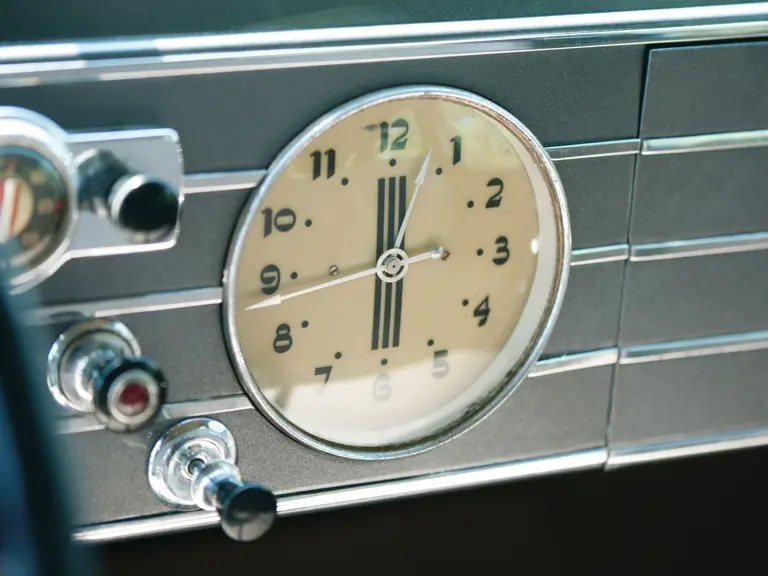
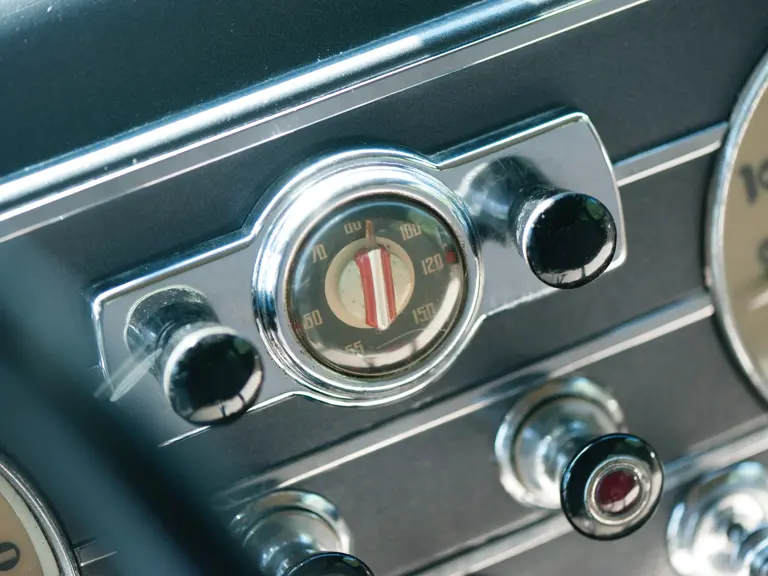
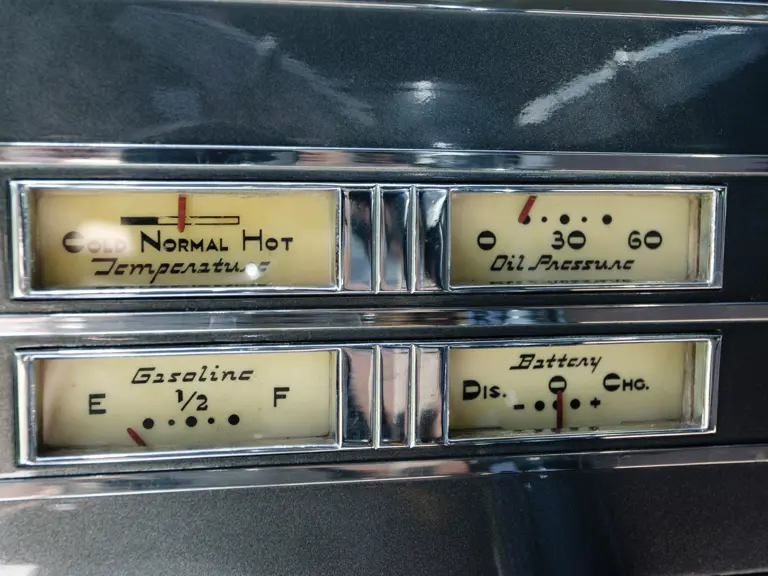

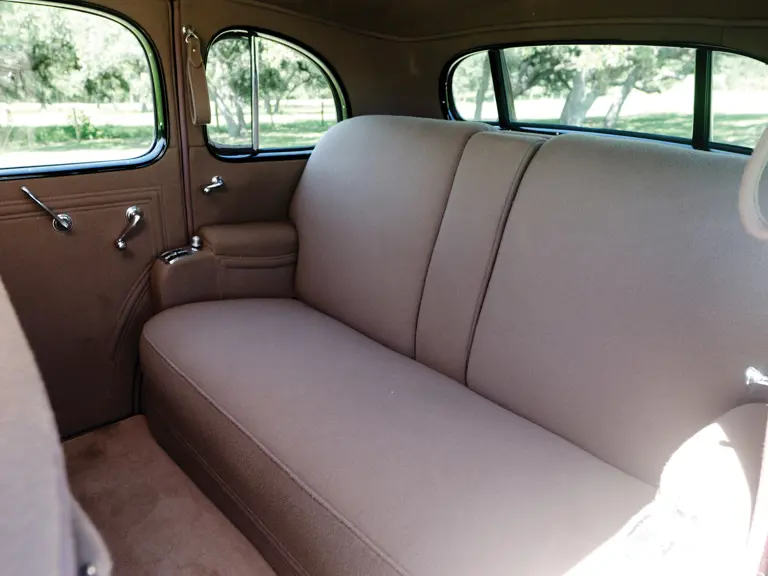
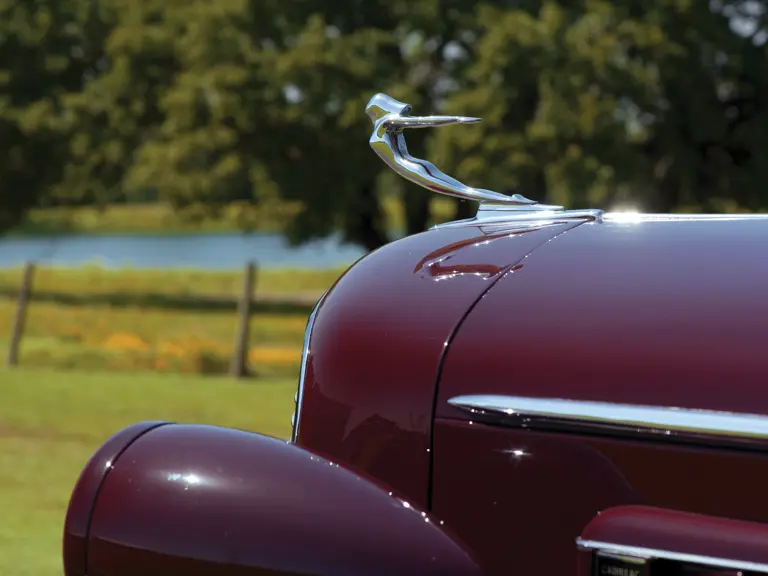
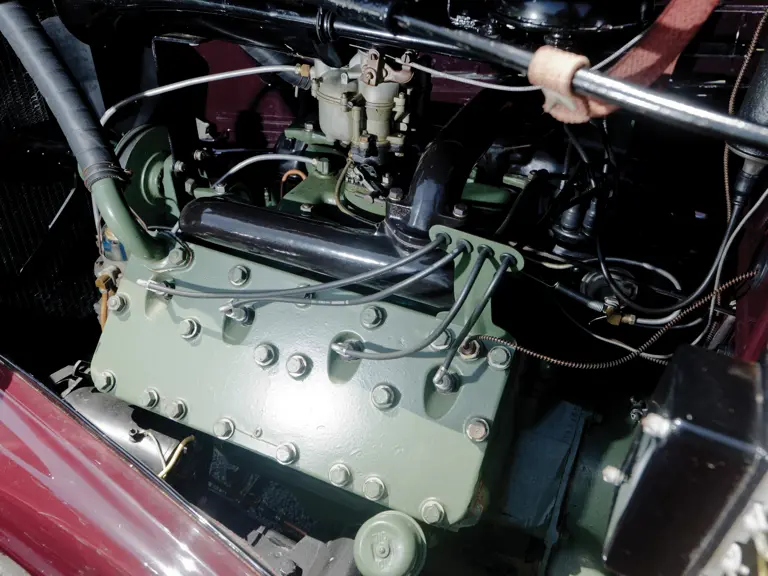
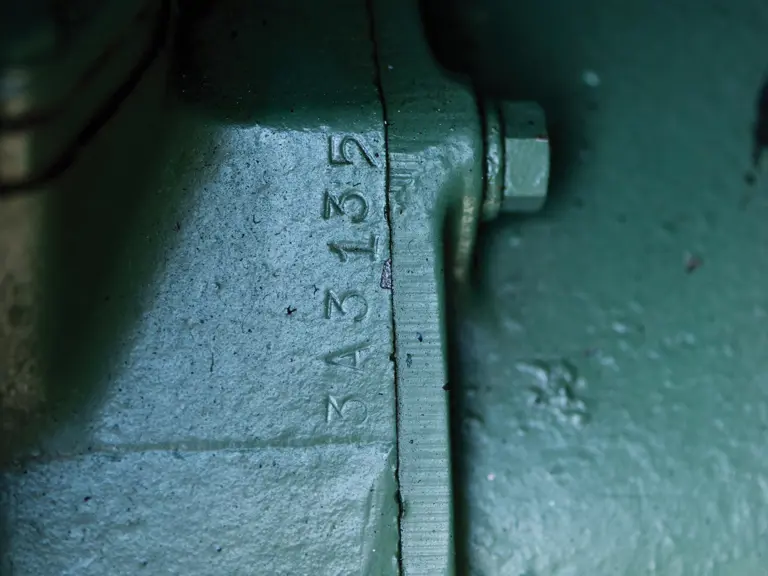
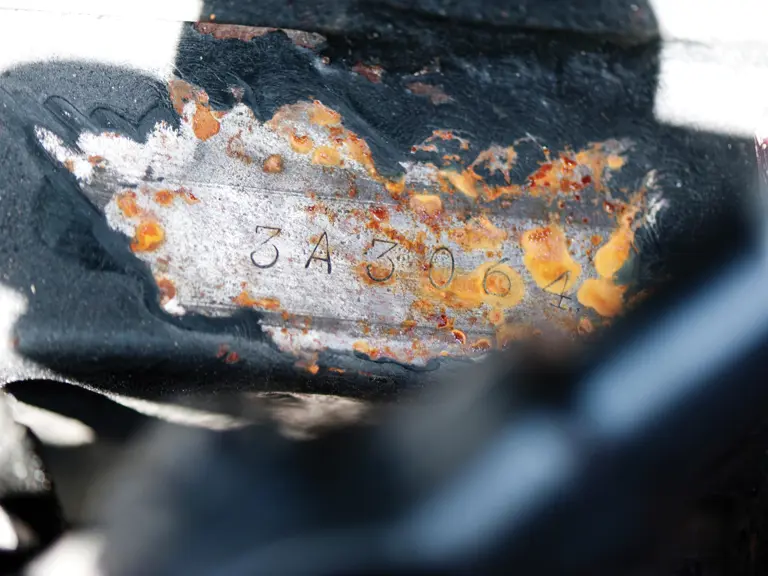
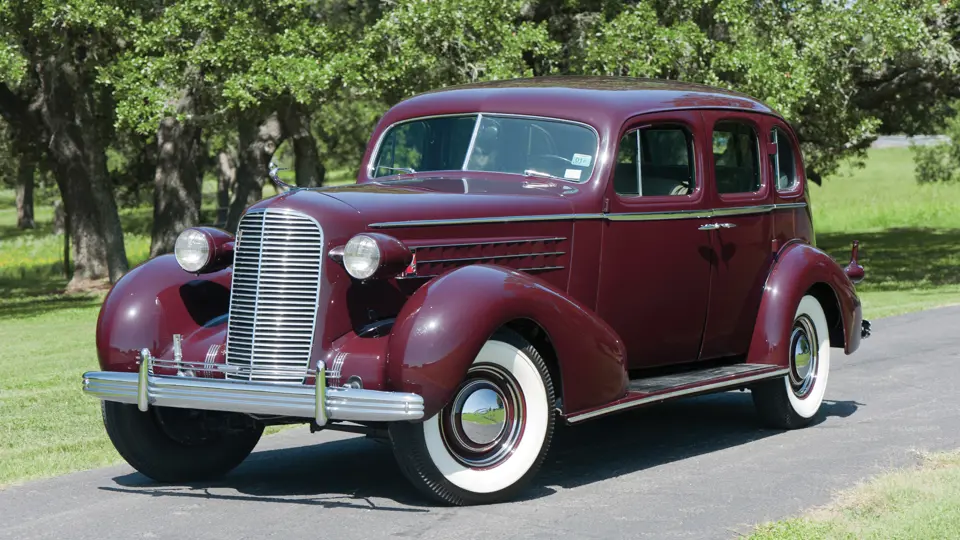
 | Hershey, Pennsylvania
| Hershey, Pennsylvania
